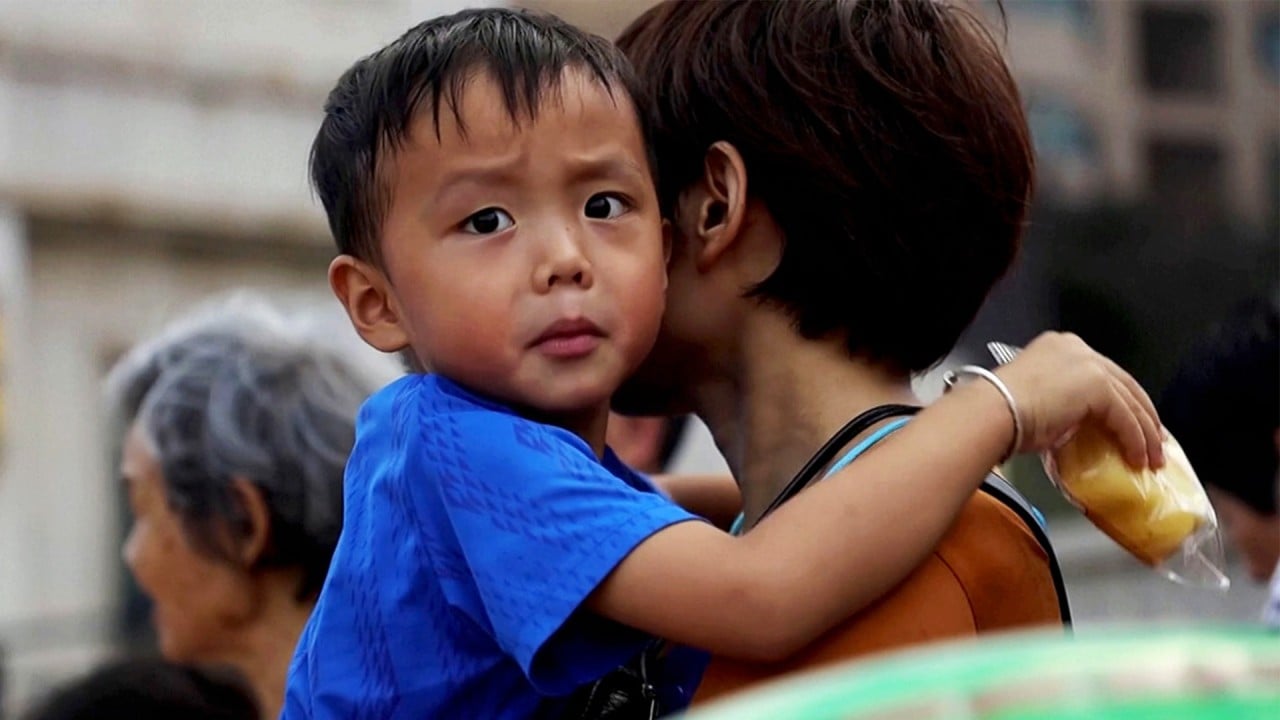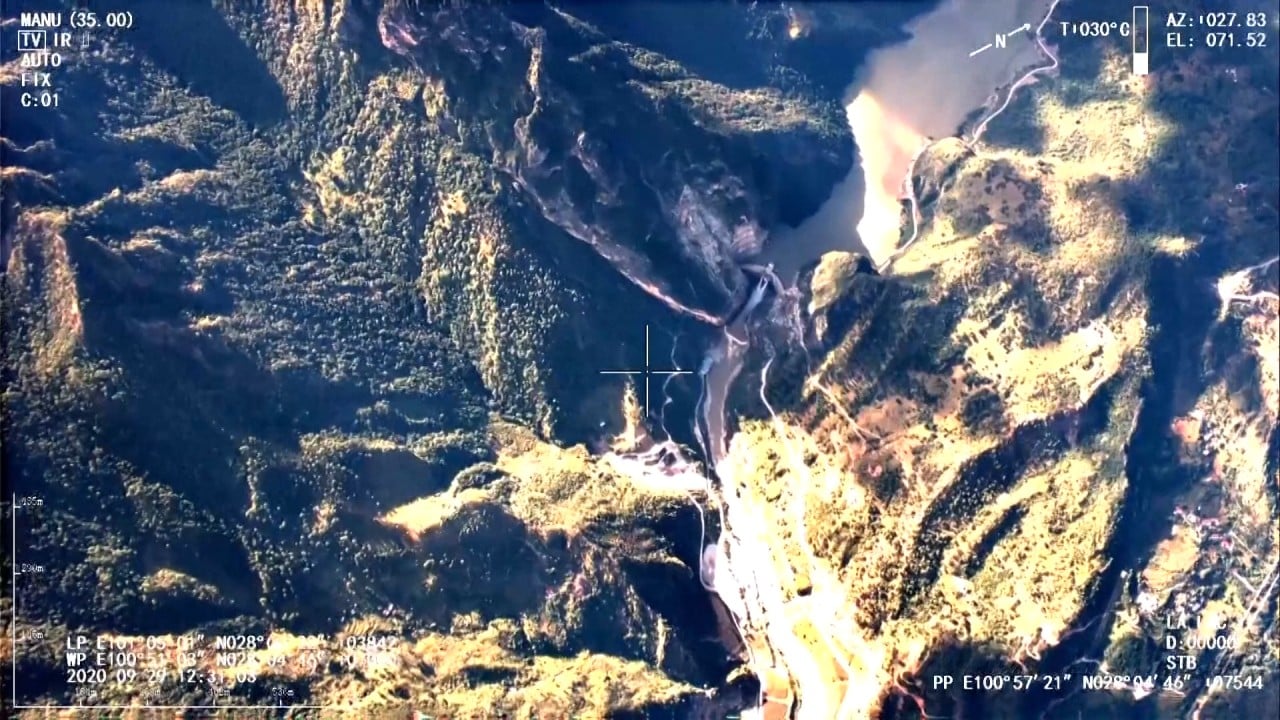
02:13
Flood-hit residents of China’s Henan province rescued after being trapped for three days

China deployed drones to aid emergency communications and conduct damage assessment in areas affected by this week’s floods, mainland media reported.
It represented the first disaster relief deployment for the Wing Loong 2H emergency relief unmanned aerial vehicle (UAV), which had been tested in an exercise last October for tasks such as restoring communications and sending real-time images in areas without base station coverage.
Emergency services once relied on helicopters to drop supplies and equipment in disaster-hit areas, but all-weather, long-duration drones such as the Wing Loong 2H can perform relief operations more safely and efficiently.
The Wing Loong 2H was twice flown from Guizhou province in the south to the central Henan province. The first deployment came on Wednesday afternoon after the emergency management ministry liaised with China Mobile, whose network was used.

02:13
Flood-hit residents of China’s Henan province rescued after being trapped for three days
Following a four-hour flight, the drone reached the flood-ravaged city of Gongyi, west of Henan’s capital Zhengzhou. Among the worst-hit areas, Gongyi was hit by power outages and loss of communications because of the heavy rain.
The drone hovered for five hours during heavy rainfall, serving as an airborne base station that provided communication services for people in the area.
“The Wing Loong 2H drone has come to your town and it can temporarily resume communications,” China Mobile said in a text to every mobile phone user in the area. “Please connect with your relatives soon and report your situation.”
About 3,600 mobile phone users connected, according to China Mobile.
The drone then flew around conducting damage assessment for a further three hours, before returning to its base in Guizhou.
The second deployment came on Thursday, to help restore communication for a hospital in Zhengzhou. More than 1,000 patients and visitors, as well as 800 medical workers, were trapped at the site, which was submerged in up to two metres of water.
Robin Rao, a communications engineer for a world-leading drone developer and manufacturer, said the relief drone could connect to satellites whose communication capabilities would not be affected by weather on Earth.
“Basically, this drone served as a bridge between mobile phones and satellites,” he said. “The flow of signal in this way is far slower, but is a non-stop and reliable channel during an emergency.
“Unlike fibre-optic cable, which is widely used on Earth to send large amounts of data quickly, communication through satellites is slower. But it has an indispensable advantage: wide coverage, which means everybody in China can connect to a satellite if assisted, so this channel is vital when ground facilities are damaged.”

01:27
Rare look at Chinese unmanned drone in flight during emergency communication drills
According to the Wing Loong’s developer, the Aviation Industry Corporation of China’s Chengdu subsidiary, each drone can provide space-air-ground communications for up to 35 working hours, such as in emergencies when ground-based facilities are destroyed by fires, earthquakes and floods.
Communication is vital for implementing a disaster relief plan. During a 2017 flood in China’s northeastern Heilongjiang province, the first batch of supplies that local authorities sent to trapped residents was satellite phones, which were airdropped by a drone.
During the Sichuan earthquake in 2008, which was before China started to develop drones, workers had to carry cables by foot to repair damaged communication infrastructure.